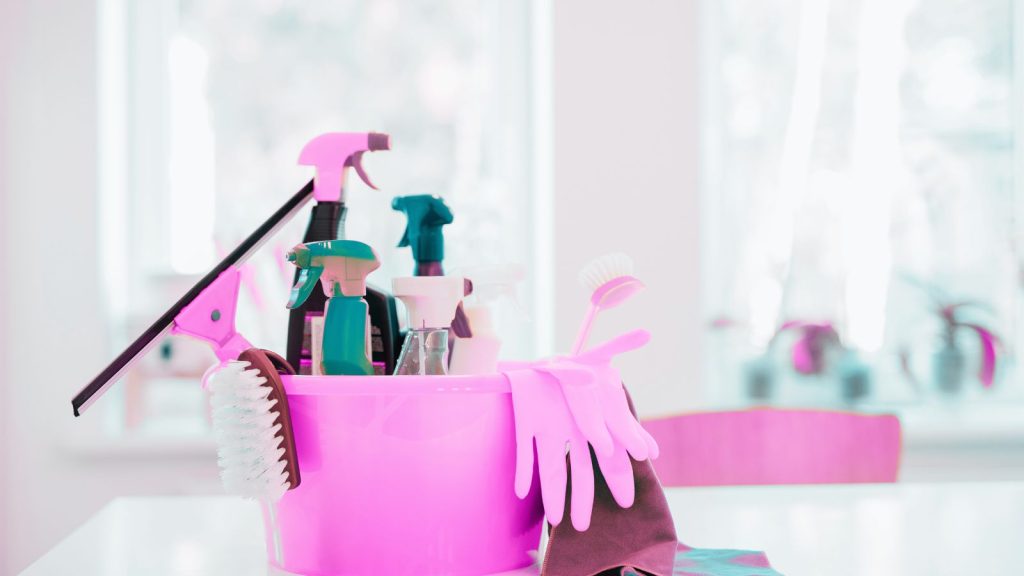Tips for Managing Mould in your Home
Mould is more than just an unsightly issue; it can cause serious damage to your property and pose health risks if left unmanaged. The good news is that by taking proactive steps, you can significantly reduce the chances of mould developing in your home or business. Prevention is always better than cure, and with a few simple practices, you can keep your living spaces mould-free.
DIY Mould Prevention: Simple Steps You Can Take
Taking action now to prevent mould from occurring can save you a lot of hassle down the road. Here are some practical, DIY steps to help keep mould at bay:
Let in a Breath of Fresh Air:
One of the easiest ways to prevent mould is to ensure your home is well-ventilated. Whenever possible, open all doors and windows to allow fresh air to circulate through your home. This natural airflow helps dry out excess moisture that can lead to mould growth. Don’t forget to open internal doors and move furniture or appliances slightly away from the walls to prevent moisture build-up behind or underneath them.
Maintain a Regular Cleaning Routine:
Dust and grime can act as a breeding ground for mould spores, so regular cleaning is essential. Make sure you vacuum, sweep, and mop regularly to keep your home free from the dust and dirt that can contribute to mould growth. Pay special attention to damp areas like bathrooms and kitchens, where mould is most likely to develop.
Let the Light In:
Sunlight is a powerful tool in the fight against mould. Ultraviolet (UV) light can prevent and even kill mould spores. Maximise sunlight exposure by opening curtains and blinds during the day. If possible, consider removing curtains altogether in areas prone to moisture to allow more light in.
Monitor Indoor Humidity:
High indoor humidity is a major contributor to mould growth. It’s a good idea to invest in a humidity monitoring device to keep track of the moisture levels in your home. Aim to keep indoor humidity below 60%. Air-conditioning units can sometimes contribute to high humidity, so ensure they are regularly serviced and functioning correctly.
Home Ventilation Tips
Effective ventilation is key to preventing mould. Moist, stagnant air leads to condensation, which can quickly result in mould. Here’s how you can improve ventilation in your home:
Check Exhaust Fans:
Make sure the exhaust fans in your bathroom and kitchen are working efficiently. Clean any dust or grime that may have built up on the filters, as this can impede their performance. Properly functioning fans are crucial in removing moisture-laden air from these high-risk areas.
Ventilate During Showers and Cooking:
Hot baths, showers, and cooking are major sources of moisture. Always use exhaust fans and open windows during these activities to reduce moisture build-up. If possible, leave the bathroom door open after a shower to allow the steam to escape.
Allow Internal Airflow:
Don’t overlook the importance of internal ventilation. Avoid overfilling cupboards and leaving them closed for long periods, as this can trap moisture. Ensure there is space for air to circulate behind furniture and appliances. Additionally, dry your clothes outside whenever possible to prevent adding moisture to the indoor environment.
What to do if Mould Appears
If you spot mould, its important to act quickly!
Identify and Fix the Source of Moisture:
Mould won’t grow without moisture, so the first step is to identify and fix the source. This could be anything from a leaky pipe to condensation on windows. If you are a Landlord or a Tenant you can read more about responsibilities of each in this blog “Mould in Rental Properties – Who is Responsible?”
Clean the Affected Area Safely:
For small patches of mould, you can clean them yourself using a solution of vinegar and water or a commercial mould remover. Always wear gloves and a mask to protect yourself from mould spores, and ensure the area is thoroughly dried after cleaning.
Consider Professional Help:
If mould has spread over a large area or keeps coming back despite your efforts, it’s time to call in a professional. Mould remediation experts can safely remove mould and address any underlying issues to prevent it from returning.
Mould Removal Australia (a specialist mould removal company) has helpful information on their website here: https://mouldremovalaustralia.com.au/ultimate-guide-to-mould/
The Rightside Team shares some tips from their own homes
Andrew swears by the daily shower squidgying! After every shower the walls and floor of the shower recess as squidged down

Michelle uses the moisture absorber containers in the cupboard, at some times of year they last 3 weeks and other times 3+ months!

Kim does a daily wipe down of the condensation on her windows and has discovered this great brand: Eclove

Juan gets great results with the dehumidifier setting on the air-conditioning at home for a few months of the year

Liv is all about the cross breeze – crack those windows between 10am-2pm and make sure there is flow through throughout the house

Jason is the light lover, so during the day the blinds (and cupboards) are open to get as much sunlight in as possible.

Nat finds the bathroom exhaust effective, and this stays on for 5-10 minutes after the end of a shower

Daryl has noted that with wet clothes on the clothes horse, ventilation is key and opens the windows and puts the fan on

Conculsion
Managing and preventing mould is all about taking proactive, consistent steps to control moisture and ensure proper ventilation. By following these simple guidelines, you can protect your home from the damaging effects of mould. Remember, the key is to act before mould becomes a problem, but if it does appear, don’t hesitate to take immediate action to manage it effectively.


